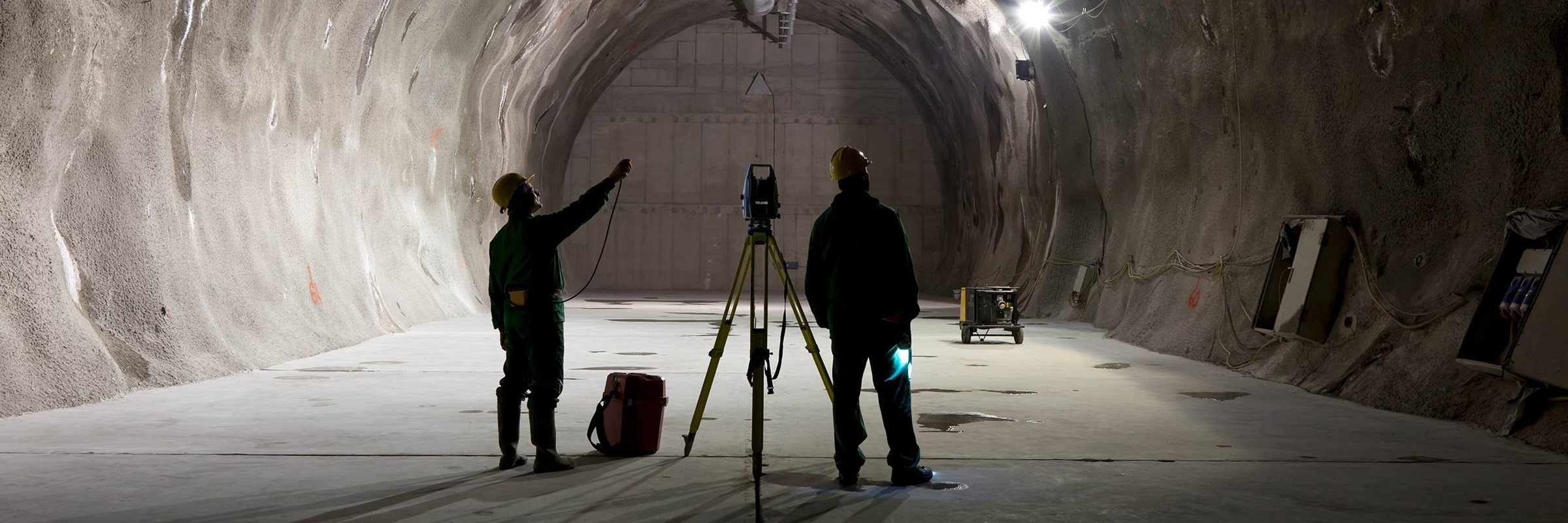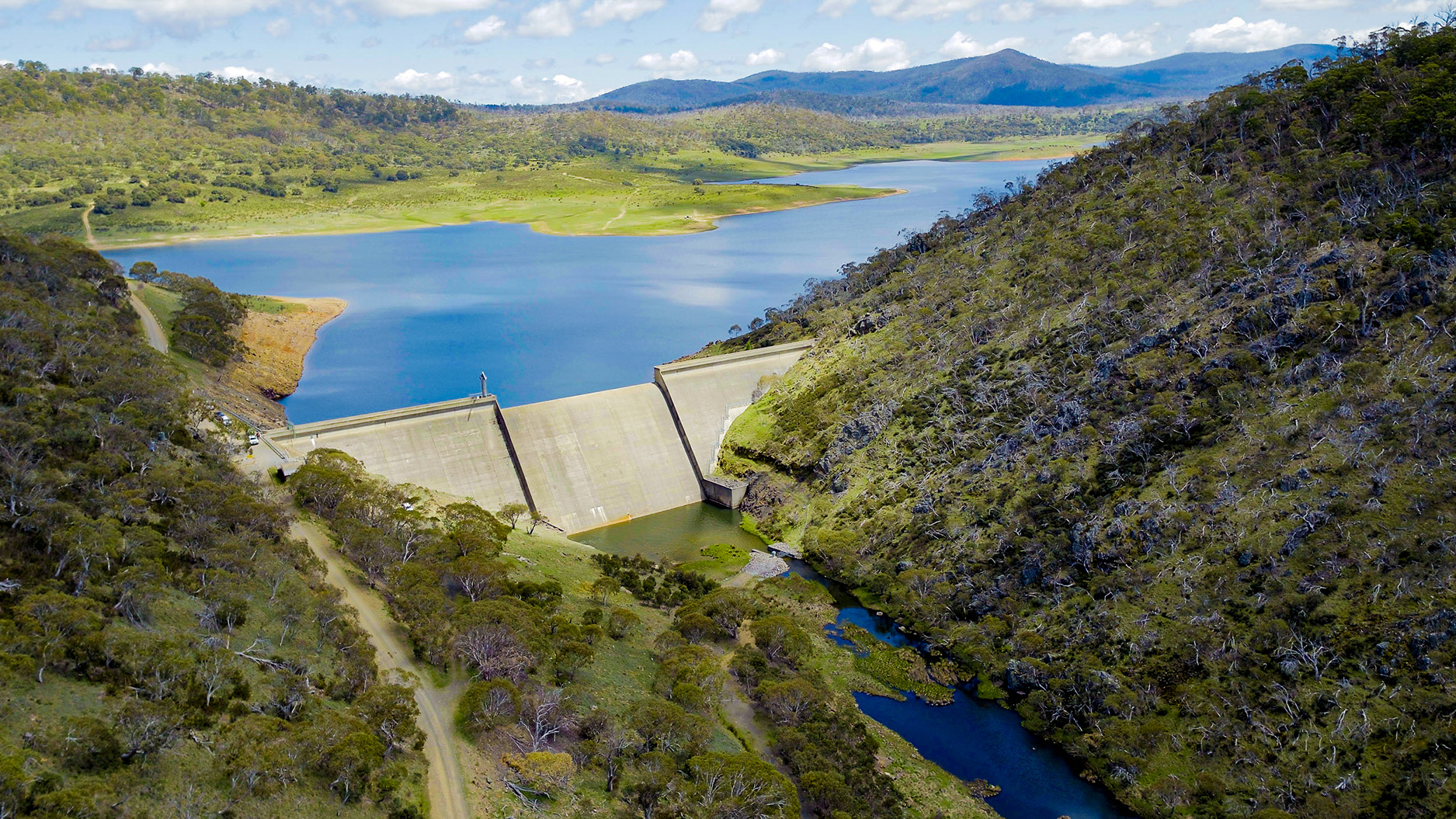
Case for Going Under
As a city grows and densifies, urban planners and decision makers are often driven to explore underground construction to accommodate growing needs. There are numerous benefits to building different types of infrastructure and facilities underground. These can be distilled down to four main concepts:
In the past, the primary reasons for people to go underground were the need to find shelter from the elements or in times of war, for a special-interest experience (e.g. natural caves), or for the option of a faster and more convenient means of travel like underground metro systems.
Metro systems and highways can also be built as surface or elevated systems. But when land is scarce, the initial attractiveness of those systems – such as lower cost and views for the travellers – is offset by problems such as noise pollution, visual intrusion affecting surrounding properties and the division of neighbourhoods.
This is especially true when such surface or elevated roads and rail sever a city from key assets like the waterfront. Often, in order to reclaim their waterfront as an asset for living rather than a cheap avenue for transportation, cities spend many times more than the initial savings in investment between aboveground and underground.
Why, then, don’t urban planners, architects and engineers jump at the chance to build underground?
Building underground has numerous benefits, especially for growing cities, and this can be seen in Singapore’s success so far.

Building underground is a good alternative option when there are existing heritage sites on environments to be preserved on the surface.

Underground spaces help isolate a facility from above, reducing it’s environmental impact on the surface and allowing for special energy production/conservation systems to be built.

Underground solutions provide a means of crossing barriers like mountain ranges, rivers or existing transportation arteries, typically with operational advantages when compared to surface or aerial solutions.

In land-constrained environments, placing facilities underground especially those that benefit very little from being on the surface for living and recreational purposes, and environmental preservation.
Factors to consider while planning underground infrastructure
Let’s revisit the idea that as cities grow, they will need to build deeper underground. Currently, most cities develop the underground in a piecemeal fashion. Also, only some villages and towns grow into large cities with a high demand for underground space, raising the question of whether underground planning is necessary for every community.
If underground construction is not a planned component in a three-dimensional city, it can lead to unplanned, and thus, inefficient, use of the valuable underground space. Additionally, underground construction often tends to be significantly more expensive in direct construction cost than surface or elevated facilities. And if you factor in our imperfect knowledge of underground conditions and the challenge of working around the already built piecemeal installations, the risk of cost overruns and delays only increases further.
It is also important to remember that all things being equal, people’s overwhelming preference is to live on or above the surface with access to daylight, even if it means they must live in high-rise buildings in densely populated areas.
Building upwards in a densely populated city provides ‘above the ground’ living and working environments, but at the same time increases the need for infrastructure services, service provision, and waste removal and treatment. So with increasing density the question should not be whether to build up or build down but rather how best to complement the two choices.
The way forward
With that in mind, my recommendations for making the best use of underground space in a city’s infrastructure development would be as follows:
- Start early when planning a city’s underground space, in much the same way that we plan a 3D environment for surface usage. More planners, architects and policymakers need to understand the restrictions posed and opportunities offered by an intensive use of the underground – such expertise is often not part of their formal training or experience.
- Weigh the costs and long-term impacts of urban infrastructure decisions along with future development restrictions when deciding on alignments and the type of service to be provided. Look towards the experiences of other cities worldwide for insights and for understanding the trade-offs.
- Conduct a formal evaluation and plan for immediate and likely future uses of underground space in the case of densely populated or large urban areas with planned new towns or districts. Proactive planning will have significant benefits for future functionality, sustainability and resilience.
- Build accurate databases of the urban geological conditions and existing (including abandoned) underground services, underground facilities and building foundations, and make these available in a form useful for planning purposes as well as detailed project design.
- Explore ways to improve the attractiveness, comfort and safety for users and occupants of underground facilities that address the drawbacks such facilities can pose. There is research underway at Nanyang Technological University in this regard. We can also learn by studying the experiences of underground facilities that have been in operation in other parts of the world.
Lessons from Singapore’s success
The Singapore government has worked for more than two decades to maximise environmental liveability and economic growth in the nation’s physically small land footprint. An important part of this effort is to prepare for an increase in the use of underground spaces. Singapore has clarified ownership of its underground space, set up the mechanisms for creating and updating its 3D underground geology and structures databases, initiated underground space master planning for the island and studied the pros and cons of various types of candidate underground facilities.
The underground living conditions of the future envisioned in stories such as E. M. Forster’s The Machine Stops (1909) is not the aim of this effort. Instead, the effort is a response to the realities of continued urbanisation and a desire to preserve the surface environment for the enjoyment of life. This priority motivates us to relocate functions that don’t necessarily need to be on the surface to the underground, thus continuing the Singapore success story “City in a Garden” and reflecting the essence of the theme “Going Under to Stay on Top.”
Related
insights
 A recipe for success
A recipe for success
If I wasn’t working in engineering, I would definitely be a chef – probably on my way to earning a Michelin star or two!
 Collaboration key to successful community outcomes for water resilience projects
Collaboration key to successful community outcomes for water resilience projects
The Murray-Darling Basin is an area of vast significance to Australia. It plays a crucial role in Australia’s food supply network, producing over 40% of our agricultural produce, and is home to 35 endangered species and 16 internationally significant wetlands. It supports over 2.2 million Australians, including 40 different First Nations communities.






